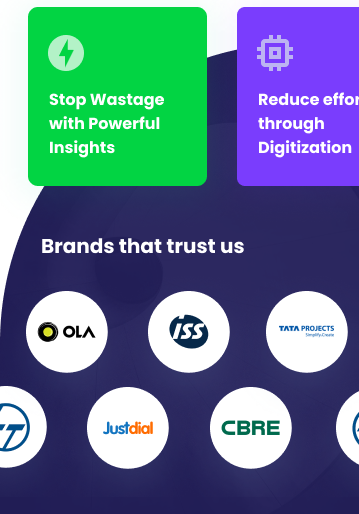Data Insights that Demand Action:
- Buildings are responsible for nearly 40% of global energy-related carbon emissions. (Source: International Energy Agency)
- Studies show that BMS optimization can lead to a 10-20% reduction in energy consumption.
- Research indicates that improved Indoor Environmental Quality (IEQ) can increase productivity by up to 8%.
- LEED-certified buildings often command higher rental rates and occupancy rates, sometimes as much as 20% higher. (Source: US Green Building Council)
These compelling data points highlight the critical importance of integrating Building Management Systems (BMS) with Environmental, Social, and Governance (ESG) goals for real estate professionals. It is no longer just a “nice-to-have” – it’s a strategic imperative. This blog post will explore how BMS can contribute to a stronger ESG profile for your properties.
The Intertwined Relationship Between BMS and ESG Goals
BMS plays a crucial role in meeting ESG goals by ensuring buildings are energy-efficient, sustainable, and conducive to occupant well-being. As regulatory requirements and investor expectations evolve, having an intelligent BMS can be a game-changer in aligning with ESG frameworks.
Key Ways BMS Contributes to ESG Goals:
1. Energy Efficiency and Carbon Reduction
A well-optimized BMS continuously monitors and adjusts HVAC, lighting, and other building systems to reduce energy waste. Smart automation and AI-driven insights enable facility managers to cut down unnecessary energy consumption, directly contributing to lower carbon footprints and aligning with net-zero emission targets.
2. Improved Indoor Environmental Quality (IEQ)
IEQ directly impacts occupant well-being and productivity. BMS ensures proper ventilation, humidity control, and air quality monitoring, reducing health risks and improving comfort levels. This aligns with the “social” aspect of ESG by creating healthier indoor environments for employees and tenants.
3. Water Conservation
BMS can track water usage patterns and detect leaks in real time, preventing waste and reducing operational costs. By implementing smart water management solutions, property managers can support sustainability goals while complying with stricter water conservation regulations.
4. Predictive Maintenance and Asset Longevity
Proactive maintenance powered by IoT sensors and data analytics prevents equipment failures, reducing downtime and extending the lifespan of building assets. This supports ESG governance by ensuring responsible resource use and reducing financial risks.
5. Integration with Renewable Energy Sources
BMS enables seamless integration with solar panels, wind turbines, and battery storage systems, allowing buildings to optimize renewable energy usage. This contributes to decarbonization efforts and improves energy resilience.
Implementing BMS for ESG Success
Real estate professionals looking to align their properties with ESG goals should focus on:
- Investing in Smart Technologies: Implementing AI-powered BMS solutions that provide real-time data insights.
- Continuous Monitoring & Optimization: Leveraging analytics and automation to track energy use and improve efficiency.
- Regulatory Compliance: Ensuring BMS meets green building standards such as LEED, WELL, and BREEAM certifications.
- Stakeholder Engagement: Collaborating with tenants, investors, and policymakers to reinforce ESG commitments.
Competitive Advantages of BMS-Driven ESG Strategies
Embracing BMS as part of an ESG strategy provides real estate professionals with:
- Higher Property Valuations: Sustainable buildings attract premium tenants and investors.
- Cost Optimisation: Energy efficiency leads to lower operational costs and increased profitability.
- Risk Mitigation: Compliance with evolving ESG regulations reduces financial and reputational risks.
- Tenant Retention: Improved IEQ fosters healthier and more productive workspaces, increasing lease renewals.
Future-Proof Your Real Estate Portfolio
The integration of BMS with ESG initiatives is no longer optional—it’s a necessity. Real estate professionals must take proactive steps to optimize their buildings through smart technologies. Whether it’s reducing energy consumption, improving indoor air quality, or achieving sustainability certifications, leveraging BMS will position your properties as leaders in the future of real estate.
Are you ready to enhance your ESG profile? Start by investing in a smart BMS today and drive meaningful impact for your portfolio.














